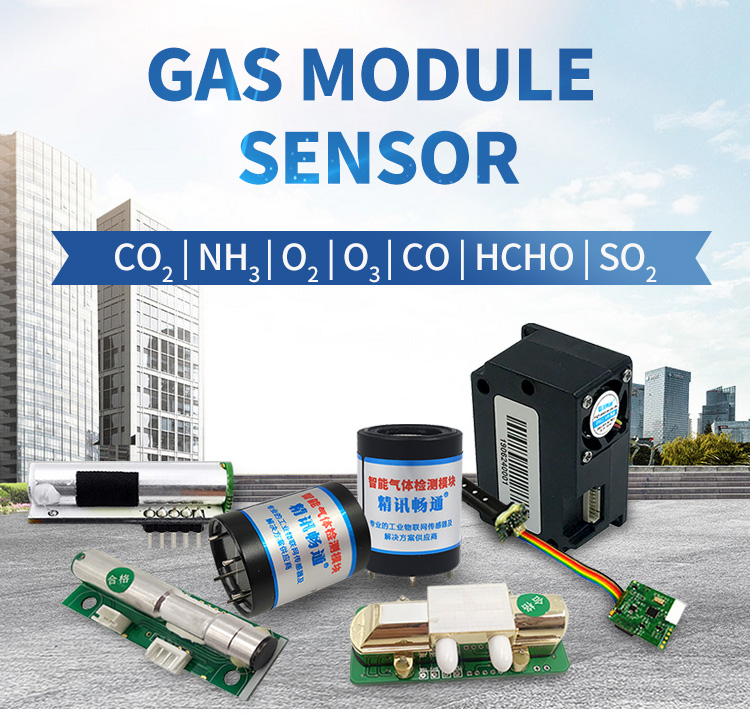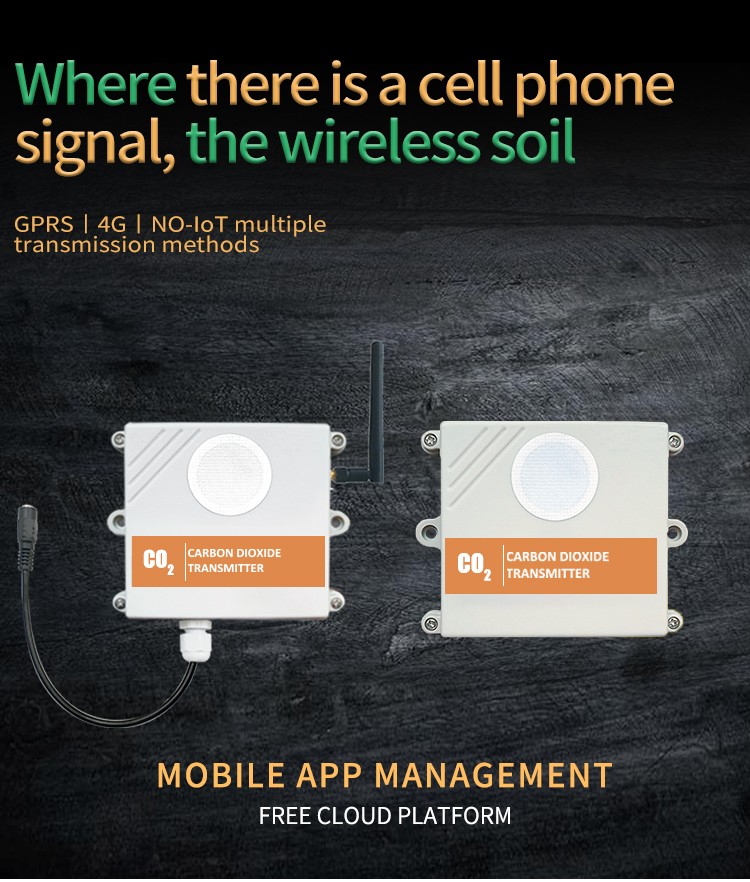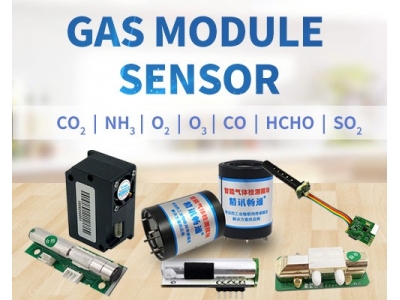Climate change has become one of the most pressing global challenges of our time, with carbon emissions being a major contributor to this crisis. As the world grapples with the impacts of climate change, there is a growing need for effective tools and technologies to monitor and mitigate carbon emissions. Among these tools, CO2 sensors have emerged as a crucial technology in the fight against climate change. In this article, we will explore the role of CO2 gas sensors in monitoring and mitigating carbon emissions, the advancements in CO2 sensor technology, and their applications for a sustainable future.

Understanding the Role of CO2 Sensors in Monitoring and Mitigating Carbon Emissions
Carbon dioxide (CO2) is a greenhouse gas that is released into the atmosphere through various human activities, such as burning fossil fuels for energy production, transportation, and deforestation. These activities have led to a significant increase in atmospheric CO2 levels, resulting in the warming of the planet and the adverse impacts of climate change. In order to combat this issue, it is crucial to accurately monitor and measure carbon emissions to understand their sources and take appropriate actions to mitigate them.
This is where CO2 sensors play a vital role. CO2 sensors are devices that measure the concentration of carbon dioxide in the air or in other environments. They work by detecting the levels of CO2 gas and converting it into an electrical signal that can be analyzed and interpreted. CO2 sensors can be used in various applications, ranging from industrial processes to indoor air quality monitoring, but their role in monitoring and mitigating carbon emissions is particularly crucial.
CO2 sensors are used in a wide range of settings to monitor and measure carbon emissions. One key application is in industrial processes, where CO2 sensors are used to measure the emissions from power plants, factories, and other industrial facilities. By accurately measuring the amount of CO2 emitted from these sources, CO2 sensors can help industries identify areas of high emissions and implement measures to reduce their carbon footprint. This can include optimizing processes, implementing cleaner technologies, and improving energy efficiency, all of which can help mitigate carbon emissions and reduce the impact of industrial activities on the environment.
CO2 gas sensors are also used in transportation to monitor vehicle emissions. In recent years, there has been a growing concern about the contribution of transportation to carbon emissions, particularly from fossil-fueled vehicles. CO2 sensors can be installed in vehicles or at transportation hubs to accurately measure the amount of CO2 emitted from vehicle exhausts. This data can be used to identify trends, evaluate the effectiveness of emission reduction measures, and promote the adoption of cleaner transportation options such as electric vehicles.
Indoor air quality monitoring is another important application of CO2 sensors. In enclosed spaces such as buildings, schools, and offices, the concentration of CO2 can build up due to human activities such as breathing, which can affect the quality of indoor air. High levels of CO2 can cause discomfort, health issues, and reduced productivity. CO2 sensors can be used to continuously monitor the indoor air quality and provide real-time data on CO2 levels, enabling building managers to implement measures such as ventilation and air filtration to maintain healthy indoor environments and reduce carbon emissions.

Advancements in CO2 Sensor Technology: Innovations and Applications for a Sustainable Future
With the increasing awareness and urgency to combat climate change, there have been significant advancements in CO2 sensor technology in recent years. These innovations have expanded the capabilities of CO2 sensors and opened up new opportunities for their applications in achieving a sustainable future.
One key advancement in CO2 sensor technology is improved accuracy and sensitivity. Modern CO2 sensors are capable of measuring even trace amounts of CO2 with high precision, allowing for more accurate monitoring of carbon emissions. This enhanced accuracy enables industries, transportation systems, and indoor environments to better understand their carbon footprint and implement effective mitigation measures.
Another innovation in CO2 sensor technology is miniaturization and portability. CO2 sensors are now available in compact and portable forms, making them more versatile and accessible for various applications. Portable CO2 sensors can be used for on-the-go monitoring of carbon emissions in different environments, such as remote locations, vehicles, and even wearable devices. This portability enables real-time monitoring and data collection, allowing for quicker decision-making and prompt action towards reducing carbon emissions.
Wireless connectivity and IoT integration are also driving advancements in CO2 sensor technology. CO2 sensors can now be integrated into Internet of Things (IoT) platforms, allowing for seamless connectivity and data sharing. This enables remote monitoring, data analysis, and decision-making in real-time, making it easier to manage carbon emissions across different locations and industries. IoT-integrated CO2 sensors also enable automated systems that can adjust ventilation, lighting, and other environmental parameters based on real-time CO2 data, leading to more efficient and sustainable building operations.
In addition, advancements in CO2 sensor technology have led to the development of novel sensor materials and designs. For instance, solid-state CO2 sensors, which use innovative materials, offer improved durability, stability, and sensitivity. These sensors do not require regular calibration and maintenance, reducing operational costs and making them more reliable for long-term monitoring of carbon emissions. Furthermore, there are efforts to develop low-cost CO2 sensors that can be deployed widely, including in developing countries, to enable broader access to carbon emission monitoring and mitigation.







